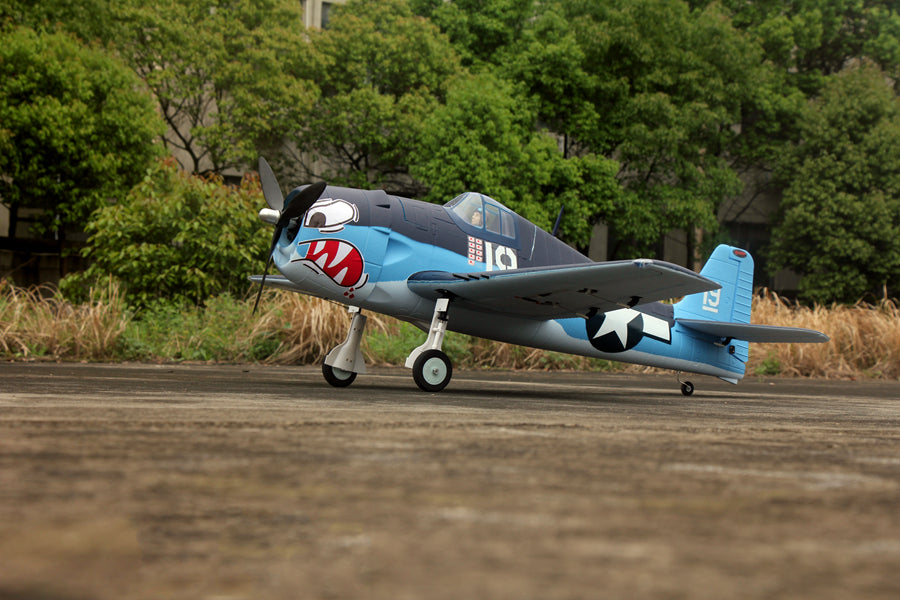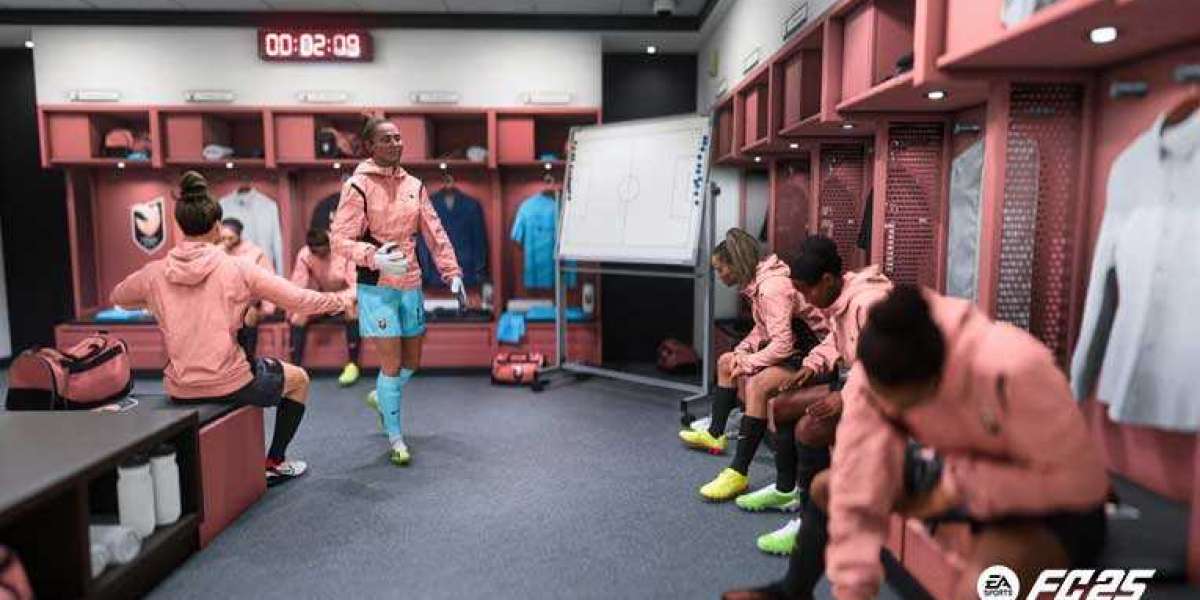Foam airplane remote control have gained immense popularity in the world of remote-controlled (RC) flight, particularly for beginners and seasoned pilots alike. Their lightweight construction, durability, and ease of handling make them an ideal choice for anyone looking to explore the fascinating realm of aviation. In this blog post, we will delve into the characteristics of foam airplanes, their advantages, the basics of remote control, and a brief overview of a notable brand in the field: Dynam.
What Are Foam Airplanes?
Foam airplanes are constructed primarily from materials like expanded polystyrene (EPS) or extruded polystyrene (XPS). These materials are not only lightweight but also provide excellent resistance to impacts, which is essential for novice pilots who may experience rough landings. Foam airplanes come in various designs, from gliders to aerobatic models, making them versatile options for various flying styles.
Key Features of Foam Airplanes
Lightweight Design: The primary advantage of foam is its weight. A lighter aircraft requires less power to achieve flight, making it easier to control and maneuver.
Durability: Foam is more forgiving than traditional balsa wood or plastic, reducing the chances of severe damage upon impact. This quality is particularly beneficial for beginners who are still mastering their piloting skills.
Easy Assembly: Many foam airplanes come as ready-to-fly (RTF) kits, which means they are pre-assembled and require minimal setup. This feature allows pilots to start flying shortly after purchasing their model.
Variety of Styles: Foam airplanes are available in various configurations, including trainers, sport planes, and even scale models of real aircraft. This variety caters to different skill levels and preferences.
The Basics of Remote Control
Understanding the remote control system is crucial for successful flying. The two primary types of remote control systems used with foam airplanes are:
1. 2.4 GHz Radio Systems
Most modern foam airplanes use 2.4 GHz radio systems, which offer greater range and reduced interference compared to older frequency systems. These systems allow multiple pilots to fly simultaneously without signal conflicts, enhancing the flying experience in group settings.
2. Transmitter and Receiver Setup
The transmitter, held by the pilot, sends signals to the receiver installed in the airplane. This communication is vital for controlling the plane's movements. Most transmitters come with two control sticks—one for throttle (speed) and the other for directional control (elevation and yaw). Understanding these controls is essential for effective piloting.
Advantages of Foam Airplanes
1. Ideal for Beginners
Foam airplanes are particularly suited for beginners due to their forgiving nature. New pilots can learn the basics of flight without the fear of destroying an expensive model. The lightweight design also allows for slower flight speeds, giving beginners more time to react and make adjustments.
2. Cost-Effective
Foam airplanes are generally more affordable than their balsa or composite counterparts. This cost-effectiveness makes them accessible to a broader audience, encouraging more people to explore the hobby.
3. Transportability
Due to their lightweight construction, foam airplanes are easier to transport than traditional models. Many can be disassembled or even stored in a compact form, allowing for hassle-free transport to flying fields.
4. Weather Resistance
Foam models can withstand varying weather conditions better than traditional wood models. While it's still essential to avoid flying in adverse weather, a foam airplane can endure minor rain and wind without suffering significant damage.
Choosing the Right Foam Airplane
Selecting the right foam airplane remote control involves considering several key factors. First, assess your skill level; beginners should opt for trainers with stable flight characteristics, while experienced pilots may seek more advanced models with aerobatic capabilities. Size and weight are also important—smaller models are easier to handle and suitable for limited spaces, while larger ones provide stability in windier conditions. Additionally, clarify your purpose for flying; whether it's casual enjoyment, competitive racing, or aerobatics, this will significantly influence your choice. Lastly, set a budget, keeping in mind that while many foam airplanes are affordable, you should also account for additional expenses like batteries, chargers, and spare parts. By evaluating these criteria, you can find the foam airplane that best suits your needs and enhances your flying experience.
Overview of Dynam
Dynam is a well-respected name in the RC airplane industry, known for producing a wide range of quality foam airplanes suitable for both beginners and experienced pilots. Their models are praised for their excellent build quality, realistic designs, and flight performance. Dynam offers a variety of aircraft, from trainers like the Dynam 1400mm Skybus to advanced aerobatic planes like the Dynam 1100mm Yak 54.
Dynam emphasizes user-friendly features, making their models approachable for new pilots while still offering performance that can satisfy experienced flyers. Their planes often come with powerful brushless motors and durable servos, ensuring a reliable flying experience.
Tips for Flying Foam Airplanes
Pre-Flight Checks: Always inspect your airplane for any damage before flying. Ensure that all control surfaces move freely and that the battery is charged.
Choose the Right Environment: Start flying in an open area away from obstacles and people. This will give you ample space to practice your maneuvers.
Practice Makes Perfect: Spend time practicing take-offs and landings. These are critical skills that will improve your overall flying experience.
Join a Community: Connecting with local RC clubs or online forums can provide valuable tips, support, and opportunities to fly with others.
Learn to Fly with a Simulator: Many flight simulators are available that can help you practice without the risk of damaging your aircraft. These can be particularly beneficial for beginners.
Conclusion
Foam airplane remote control flying is a rewarding and accessible hobby that offers endless opportunities for enjoyment and skill development. With their lightweight, durable designs and user-friendly features, foam airplanes are an excellent choice for anyone looking to explore the skies. Brands like Dynam continue to innovate and provide quality models that cater to various skill levels and preferences. So whether you’re a beginner or a seasoned flyer, there’s a foam airplane out there waiting for you to take to the skies!









